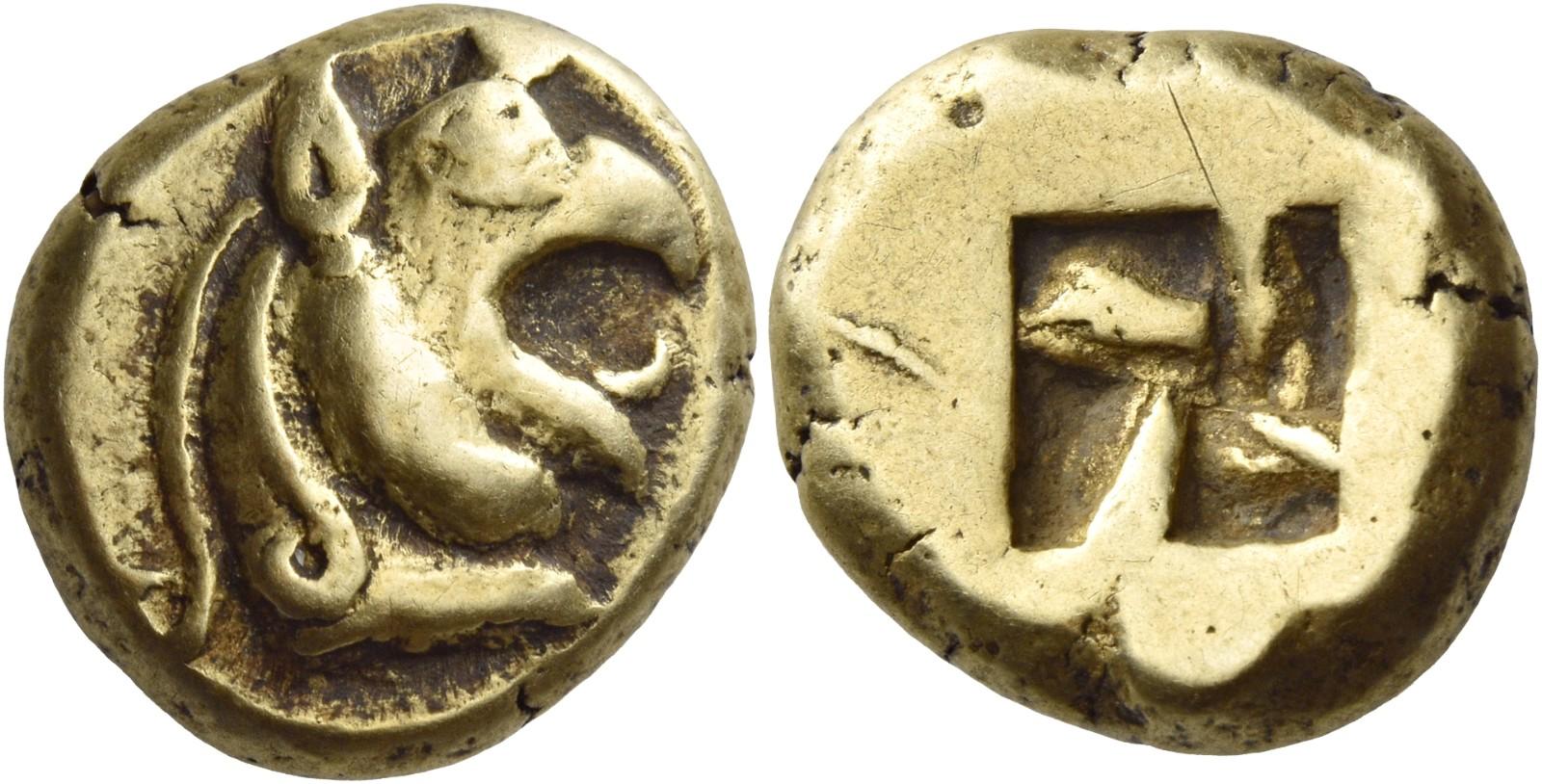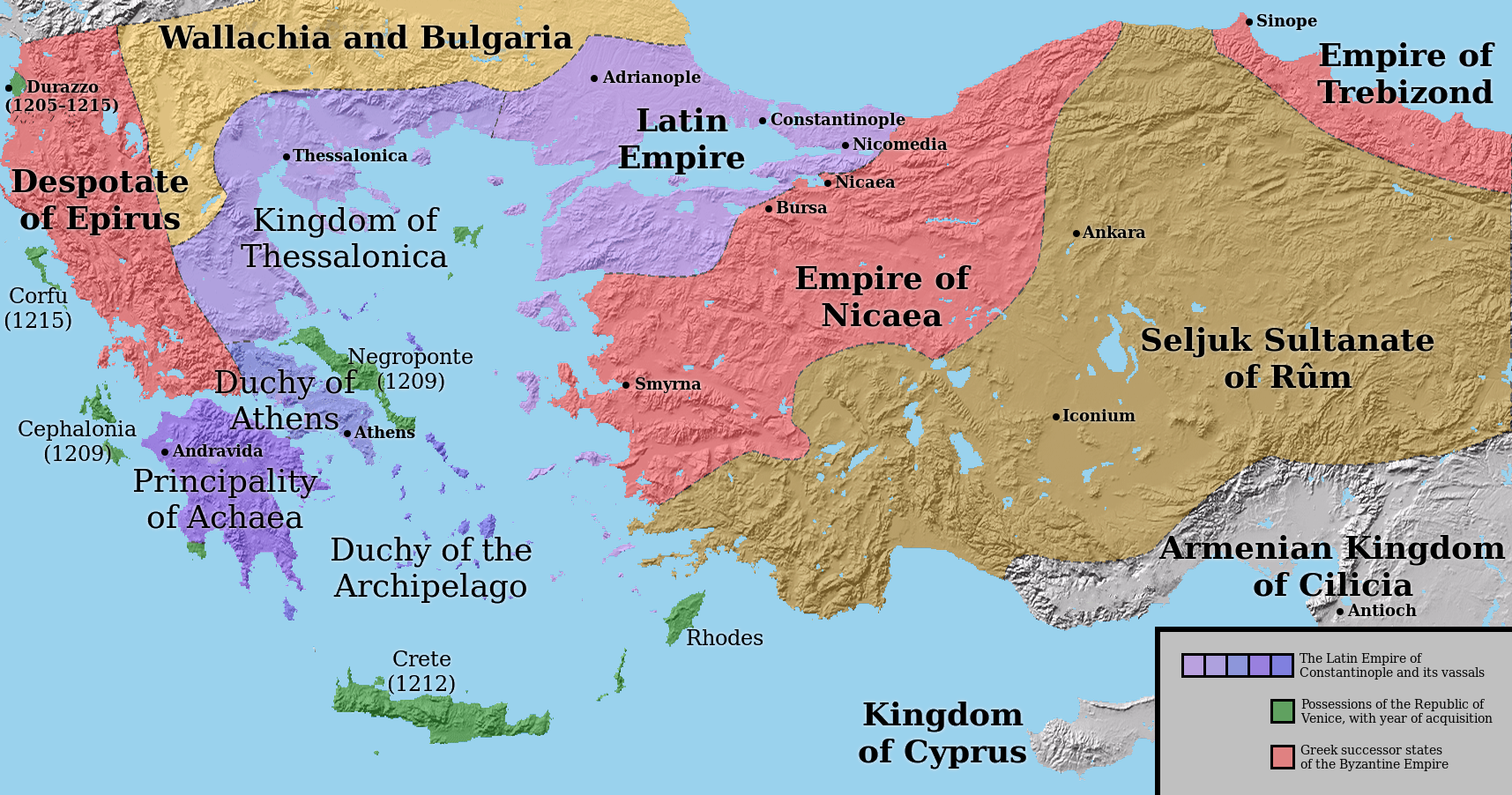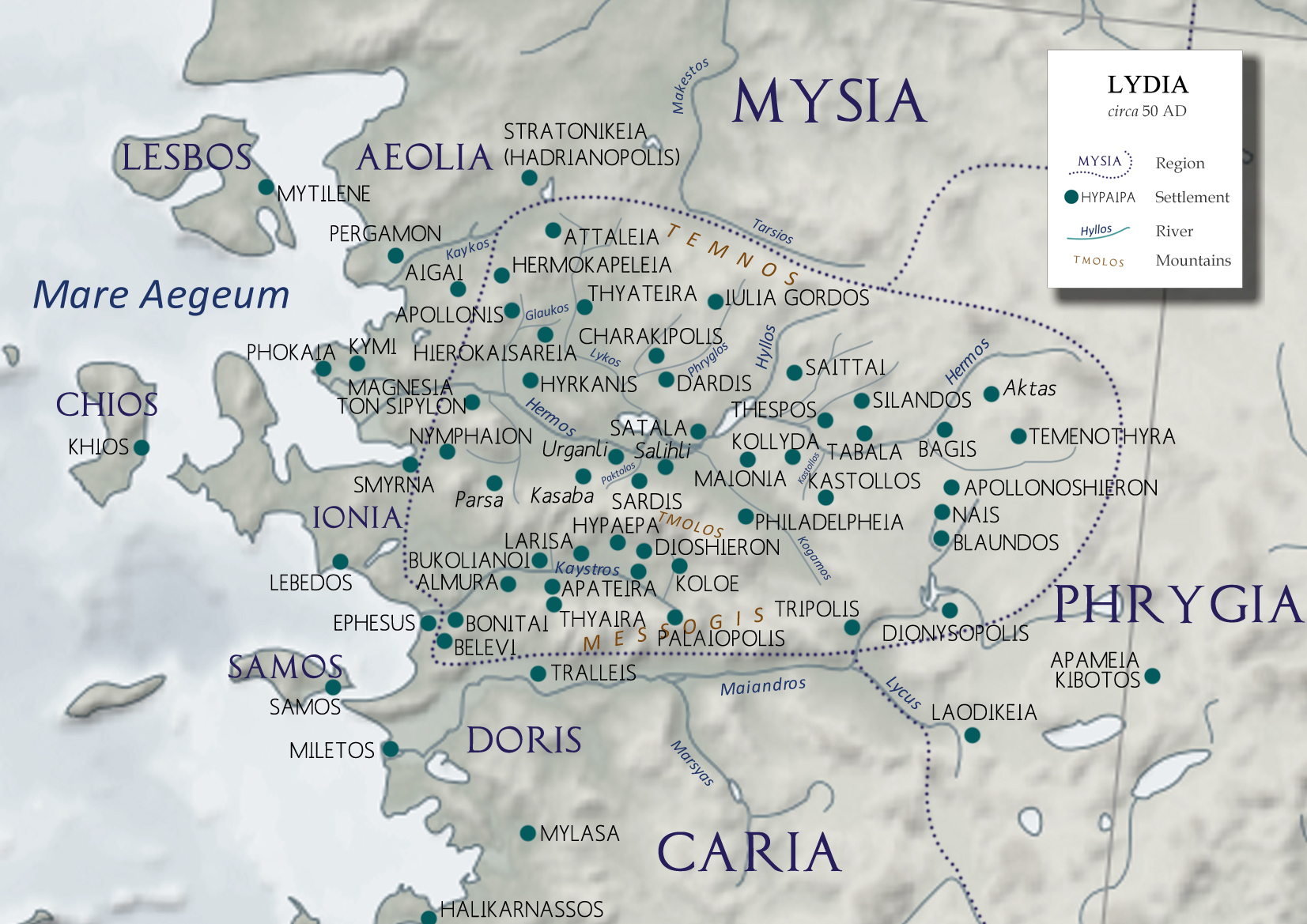|
Battle Of Gallipoli (1416)
The Battle of Gallipoli occurred on 29 May 1416 between the fleets of the Republic of Venice and the Ottoman Empire off the port city of Gelibolu, Gallipoli, the main Ottoman naval base. The battle was the main episode of a brief conflict between the two powers, resulting from Ottoman attacks against possessions and shipping of the Venetians and their allies in the Aegean Sea in 1414–1415. The Venetian fleet, under Pietro Loredan (admiral), Pietro Loredan, was charged with transporting a Venetian embassy to the List of sultans of the Ottoman Empire, Ottoman sultan, but was authorized to attack if the Ottomans refused to negotiate. The subsequent events are known chiefly from a detailed letter written by Loredan after the battle. The Ottomans exchanged fire with the Venetian ships as soon as the Venetian fleet approached Gallipoli on 27 May, forcing the Venetians to withdraw. On the next day, the two fleets maneuvered and fought off Gallipoli, but during the evening, Loredan man ... [...More Info...] [...Related Items...] OR: [Wikipedia] [Google] [Baidu] |
Byzantine Empire
The Byzantine Empire, also known as the Eastern Roman Empire, was the continuation of the Roman Empire centred on Constantinople during late antiquity and the Middle Ages. Having survived History of the Roman Empire, the events that caused the fall of the Western Roman Empire in the 5th centuryAD, it endured until the fall of Constantinople to the Ottoman Empire in 1453. The term 'Byzantine Empire' was coined only after its demise; its citizens used the term 'Roman Empire' and called themselves 'Romans'. During the early centuries of the Roman Empire, the western provinces were Romanization (cultural), Latinised, but the eastern parts kept their Hellenistic culture. Constantine the Great, Constantine I () legalised Christianity and moved the capital to Constantinople. Theodosius I, Theodosius I () made Christianity the state religion and Greek gradually replaced Latin for official use. The empire adopted a defensive strategy and, throughout its remaining history, expe ... [...More Info...] [...Related Items...] OR: [Wikipedia] [Google] [Baidu] |
Duke Of Naxos
The Duchy of the Archipelago (, , ), also known as Duchy of Naxos or Duchy of the Aegean, was a maritime state created by Venetian interests in the Cyclades archipelago in the Aegean Sea, in the aftermath of the Fourth Crusade, centered on the islands of Naxos and Paros. It included all the Cyclades (except Mykonos and Tinos). In 1537, it became a tributary of the Ottoman Empire, and was annexed by the Ottomans in 1579; however, Christian rule survived in islands such as Sifnos (conquered by the Ottomans in 1617) and Tinos (conquered in 1715). Background and establishment of the Duchy The Italian city-states, especially the Republic of Genoa, Pisa, and Venice, had been interested in the islands of the Aegean long before the Fourth Crusade. There were Italian trading colonies in Constantinople and Italian pirates frequently attacked settlements in the Aegean in the 12th century. After the collapse and partitioning of the Byzantine Empire in 1204, in which the Venetians played a ... [...More Info...] [...Related Items...] OR: [Wikipedia] [Google] [Baidu] |
Doukas (historian)
Doukas or Dukas (; after 1462) was a Byzantine Greek historian who flourished under Constantine XI Palaiologos, the last Byzantine Emperor. He is one of the most important sources for the last decades and eventual fall of the Byzantine Empire to the Ottomans. Life The date of Doukas's birth is not recorded, nor is his first name or the names of his parents. He was probably born somewhere in western Asia Minor in the 1390s, where his paternal grandfather, Michael Doukas, had fled. Michael Doukas was eulogized by his grandson as a learned man, especially in matters of medicine. He had played a role in the Byzantine civil wars of the mid-14th century as a partisan of John VI Kantakouzenos. Michael Doukas had been arrested by Alexios Apokaukos, and was one of the prisoners at the palace where Apokaukos was murdered by some of the inmates. Michael Doukas narrowly avoided becoming one of the 200 prisoners murdered in retribution by hiding in the underground chamber of the New Church. ... [...More Info...] [...Related Items...] OR: [Wikipedia] [Google] [Baidu] |
Rhodes
Rhodes (; ) is the largest of the Dodecanese islands of Greece and is their historical capital; it is the List of islands in the Mediterranean#By area, ninth largest island in the Mediterranean Sea. Administratively, the island forms a separate municipality within the Rhodes (regional unit), Rhodes regional unit, which is part of the South Aegean Administrative regions of Greece, administrative region. The principal town of the island and seat of the municipality is the Rhodes (city), city of Rhodes, which had 50,636 inhabitants in 2011. In 2022, the island had a population of 125,113 people. It is located northeast of Crete and southeast of Athens. Rhodes has several nicknames, such as "Island of the Sun" due to its patron sun god Helios, "The Pearl Island", and "The Island of the Knights", named after the Knights Hospitaller, Knights of Saint John of Jerusalem, who ruled the island from 1310 to 1522. Historically, Rhodes was famous for the Colossus of Rhodes, one of the Sev ... [...More Info...] [...Related Items...] OR: [Wikipedia] [Google] [Baidu] |
Knights Hospitaller
The Order of Knights of the Hospital of Saint John of Jerusalem, commonly known as the Knights Hospitaller (), is a Catholic military order. It was founded in the crusader Kingdom of Jerusalem in the 12th century and had headquarters there until 1291, thereafter being based in Kolossi Castle in Cyprus (1302–1310), the island of Rhodes (1310–1522), Malta (1530–1798), and Saint Petersburg (1799–1801). The Hospitallers arose in the early 12th century at the height of the Cluniac movement, a reformist movement within the Benedictine monastic order that sought to strengthen religious devotion and charity for the poor. Earlier in the 11th century, merchants from Amalfi founded a hospital in Jerusalem dedicated to John the Baptist where Benedictine monks cared for sick, poor, or injured Christian pilgrims to the Holy Land. Blessed Gerard, a lay brother of the Benedictine order, became its head when it was established. After the Christian conquest of Jerusalem in 1099 ... [...More Info...] [...Related Items...] OR: [Wikipedia] [Google] [Baidu] |
Lesbos
Lesbos or Lesvos ( ) is a Greek island located in the northeastern Aegean Sea. It has an area of , with approximately of coastline, making it the third largest island in Greece and the List of islands in the Mediterranean#By area, eighth largest in the Mediterranean. It is separated from Anatolia, Asia Minor by the narrow Mytilini Strait. On the southeastern coast is the island's capital and largest city, Mytilene (), whose name is also used for the island as a whole. Lesbos is a separate regional units of Greece, regional unit with the seat in Mytilene, which is also the capital of the larger North Aegean region. The region includes the islands of Lesbos, Chios, Ikaria, Lemnos, and Samos. The total population of the island was 83,755 in 2021. A third of the island's inhabitants live in the capital, while the remainder are concentrated in small towns and villages. The largest are Plomari, Agia Paraskevi, Lesbos, Agia Paraskevi, Polichnitos, Agiassos, Eresos, Gera, Lesbos, Gera, an ... [...More Info...] [...Related Items...] OR: [Wikipedia] [Google] [Baidu] |
Phokaia
Phocaea or Phokaia (Ancient Greek: Φώκαια, ''Phókaia''; modern-day Foça in Turkey) was an ancient Ionian Greek city on the western coast of Anatolia. Greek colonists from Phocaea founded the colony of Massalia (modern-day Marseille, in France) in 600 BC, Emporion (modern-day Empúries, in Catalonia, Spain) in 575 BC and Elea (modern-day Velia, in Campania, Italy) in 540 BC. Geography Phocaea was the northernmost of the Ionian cities, on the boundary with Aeolis. It was located near the mouth of the river Hermus (now Gediz), and situated on the coast of the peninsula separating the Gulf of Cyme to the north, named for the largest of the Aeolian cities, and the Gulf of Smyrna (now İzmir) to the south. Phocaea had two natural harbours within close range of the settlement, both containing a number of small islands. Phocaea's harbours allowed it to develop a thriving seafaring economy, and to become a great naval power, which greatly influenced its cultu ... [...More Info...] [...Related Items...] OR: [Wikipedia] [Google] [Baidu] |
Chios
Chios (; , traditionally known as Scio in English) is the fifth largest Greece, Greek list of islands of Greece, island, situated in the northern Aegean Sea, and the List of islands in the Mediterranean#By area, tenth largest island in the Mediterranean Sea. The island is separated from Turkey by the Chios Strait. Chios is notable for its exports of Mastic (plant resin), mastic gum and its nickname is "the Mastic Island". Tourist attractions include its medieval villages and the 11th-century monastery of Nea Moni of Chios, Nea Moni, a UNESCO World Heritage Site. Administratively, the island forms a separate municipality within the Chios (regional unit), Chios regional unit, which is part of the North Aegean modern regions of Greece, region. The principal town of the island and seat of the municipality is Chios, North Aegean, Chios. Locals refer to Chios town as ''Chora'' ( literally means land or country, but usually refers to the capital or a settlement at the highest point of ... [...More Info...] [...Related Items...] OR: [Wikipedia] [Google] [Baidu] |
Genoa
Genoa ( ; ; ) is a city in and the capital of the Italian region of Liguria, and the sixth-largest city in Italy. As of 2025, 563,947 people live within the city's administrative limits. While its metropolitan city has 818,651 inhabitants, more than 1.5 million people live in the wider metropolitan area stretching along the Italian Riviera. On the Gulf of Genoa in the Ligurian Sea, Genoa has historically been one of the most important ports on the Mediterranean: it is the busiest city in Italy and in the Mediterranean Sea and twelfth-busiest in the European Union. Genoa was the capital of one of the most powerful maritime republics for over seven centuries, from the 11th century to 1797. Particularly from the 12th century to the 15th century, the city played a leading role in the history of commerce and trade in Europe, becoming one of the largest naval powers of the continent and considered among the wealthiest cities in the world. It was also nicknamed ''la S ... [...More Info...] [...Related Items...] OR: [Wikipedia] [Google] [Baidu] |
Latinokratia
The Frankish Occupation (; anglicized as ), also known as the Latin Occupation () and, for the Venetian domains, Venetian Occupation (), was the period in Greek history after the Fourth Crusade (1204), when a number of primarily French and Italian states were established by the on the territory of the partitioned Byzantine Empire. The terms and derive from the name given by the Orthodox Greeks to the Western French and Italians who originated from territories that once belonged to the Frankish Empire, as this was the political entity that ruled much of the former Western Roman Empire after the collapse of Roman authority and power. The span of the period differs by region: the political situation proved highly volatile, as the Frankish states fragmented and changed hands, and the Greek successor states re-conquered many areas. With the exception of the Ionian Islands and some islands or forts which remained in Venetian hands until the turn of the 19th century, the ... [...More Info...] [...Related Items...] OR: [Wikipedia] [Google] [Baidu] |
Smyrna
Smyrna ( ; , or ) was an Ancient Greece, Ancient Greek city located at a strategic point on the Aegean Sea, Aegean coast of Anatolia, Turkey. Due to its advantageous port conditions, its ease of defence, and its good inland connections, Smyrna rose to prominence. Since about 1930, the city's name has been İzmir. Two sites of the ancient city are today within İzmir's boundaries. The first, probably founded by indigenous peoples, rose to prominence during the Archaic period in Greece, Archaic Period as one of the principal ancient Greek settlements in western Anatolia. The second, whose foundation is associated with Alexander the Great, reached metropolitan proportions during the period of the Roman Empire. Most of the ancient city's present-day remains date to the Roman era, the majority from after a 2nd-century AD earthquake. In practical terms, a distinction is often made between these. ''Old Smyrna'' was the initial settlement founded around the 11th century BC, first as an ... [...More Info...] [...Related Items...] OR: [Wikipedia] [Google] [Baidu] |






